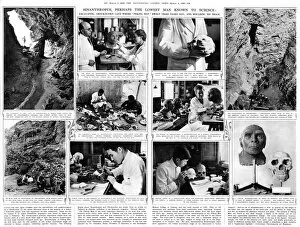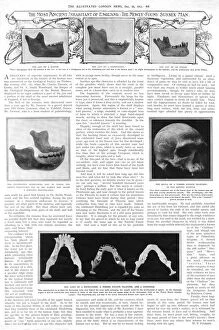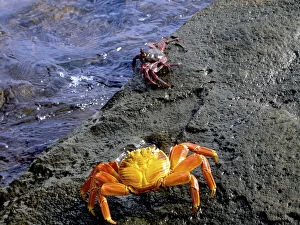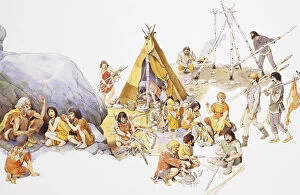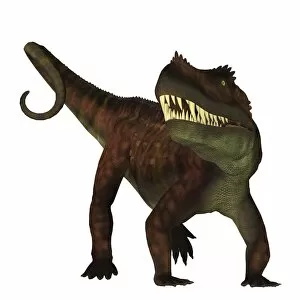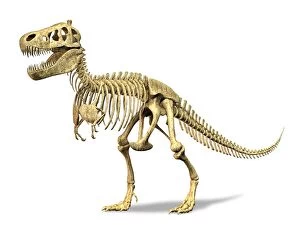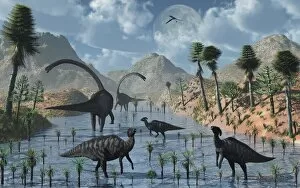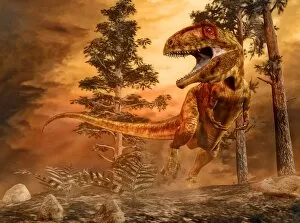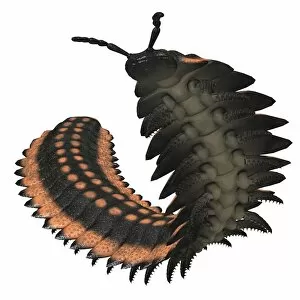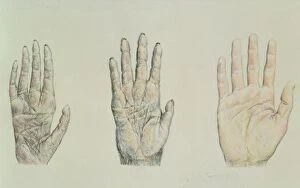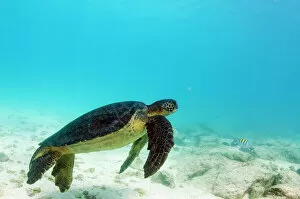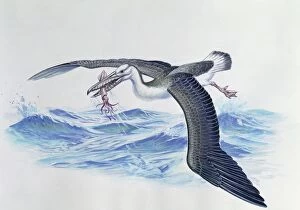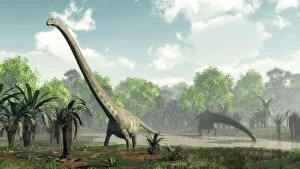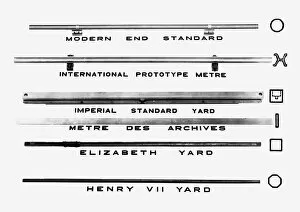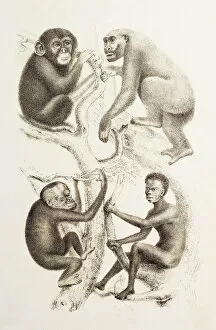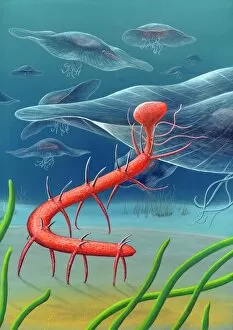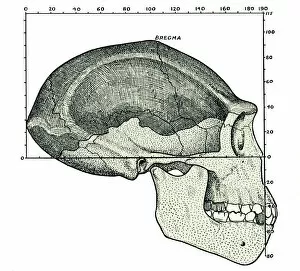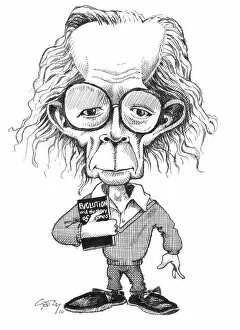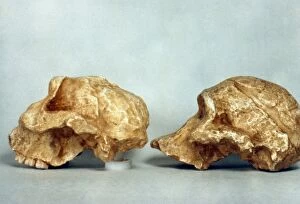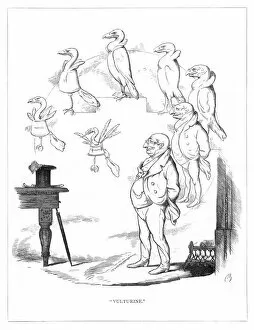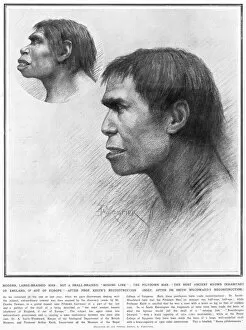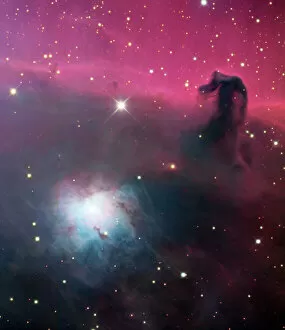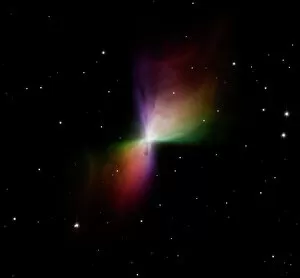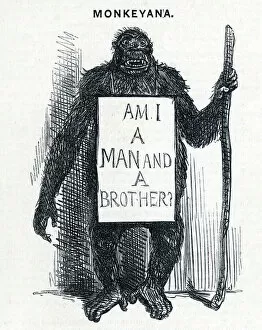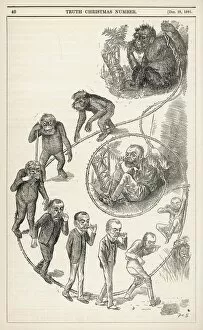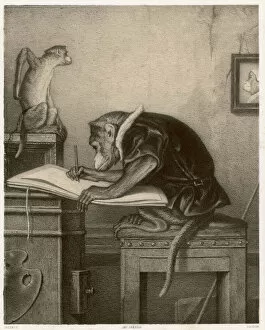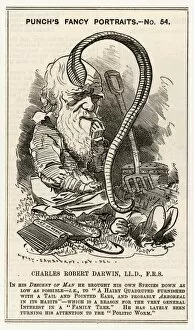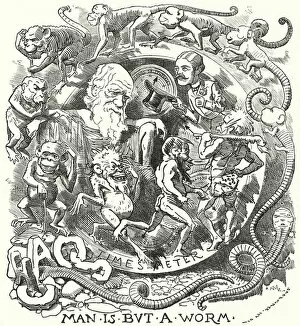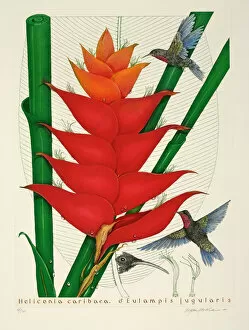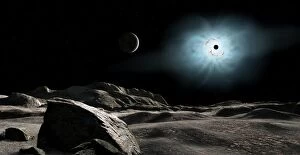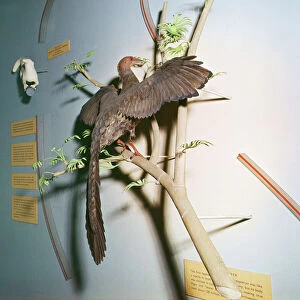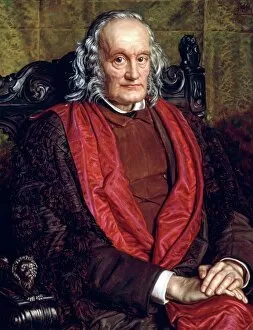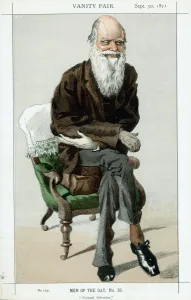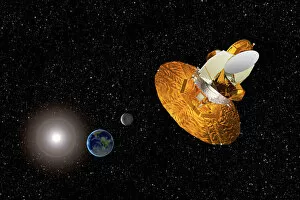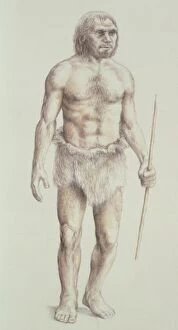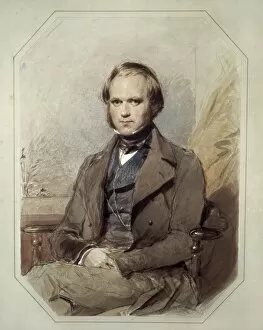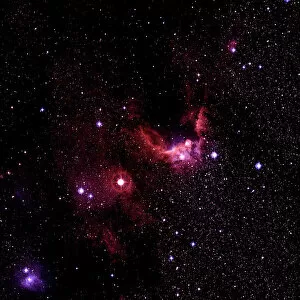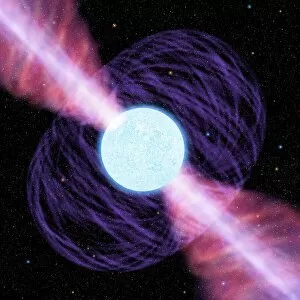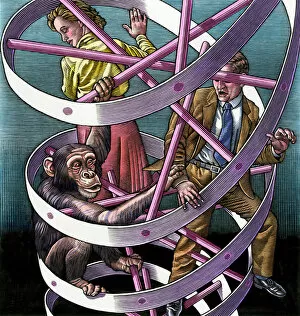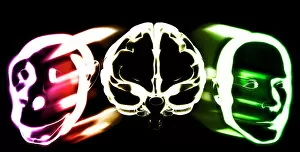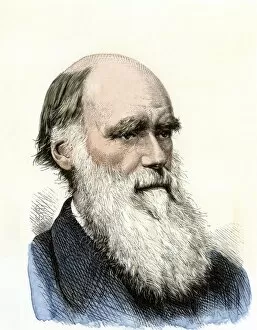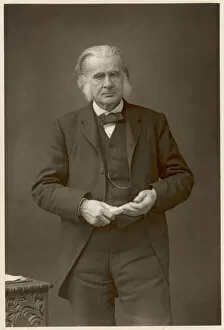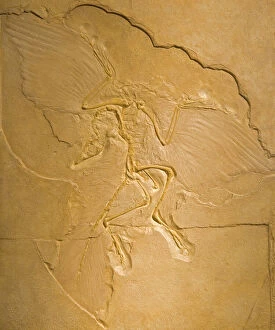Evolution Collection (page 3)
"Evolution: A Journey Through Time and Space" Embark on a captivating voyage through the realms of evolution
For sale as Licensed Images
Choose your image, Select your licence and Download the media
"Evolution: A Journey Through Time and Space" Embark on a captivating voyage through the realms of evolution, where the wonders of our universe intertwine with the intricate tapestry of life. From distant galaxies to ancient fossils, witness the ever-unfolding story that has shaped our world. Gaze upon the mesmerizing Hubble Space Telescope view of nebula NGC 604, a celestial masterpiece born from stellar explosions. Marvel at the ethereal beauty of Orion Nebula, where stars are born amidst swirling cosmic clouds. Behold the iconic Pillars of Creation, towering structures sculpted by celestial forces in an ongoing dance between creation and destruction. Venture deeper into Earth's history as you encounter geological strata dating back to the 19th century. These layers reveal secrets locked within rocks, whispering tales of ancient landscapes and changing climates. Explore hominid crania that offer glimpses into our own evolutionary journey – a testament to how we have evolved over millions of years. Discover Archaeopteryx, known as "the first bird, " bridging two worlds with its dinosaurian and avian features. This fossilized marvel stands as a potential missing link between dinosaurs and birds—a pivotal piece in understanding our shared ancestry. Delve even further back in time as you uncover fossils from the Paleozoic era—ancient remnants that provide insight into prehistoric marine life forms which once roamed primordial oceans. Witness stages in human evolution unfold before your eyes—an extraordinary transformation spanning countless generations. From primitive ancestors to modern Homo sapiens, trace humanity's remarkable journey towards complexity and consciousness. In this grand symphony orchestrated by nature itself, observe Charles Darwin—the visionary British naturalist who unraveled many mysteries surrounding evolution through his groundbreaking work. His tireless pursuit for knowledge forever changed our understanding of life's interconnectedness.

